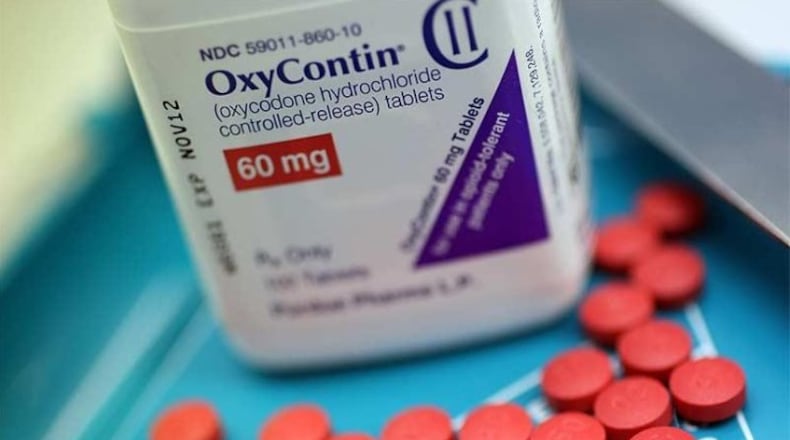The Ohio Automated Rx Reporting System exceeded 1-million queries on Feb. 22 and April 1 from doctors and pharmacists checking patient records before writing and filling prescriptions for highly addictive painkillers and other controlled substances.
In 2011, under then-governor John Kasich, Ohio started implementing rules to mandate use of OARRS and linking OARRS directly to electronic medical records and pharmacy dispensing systems so that it’s easier to use.
RELATED: Ohio sets new requirements for chronic pain patients to get opiates
Nearly 1,500 stores from 11 chains and 233 independent pharmacies are tied directly into OARRS and another major chain is expected to join soon, according to the Ohio Board of Pharmacy. Queries to OARRS soared from 65,000 a day in 2015 to 834,000 a day now on average.
The American Medical Medical Association ranks OARRS as the most utilized prescription drug monitoring program in the country. Every state except Missouri has such programs.
“We know that prescription drug monitoring programs save lives,” said U.S. Drug Czar Jim Carroll, who is visiting Ohio to learn about the state’s efforts to address the opiate addiction crisis.
The number of prescription opioid-related overdose deaths dropped nearly 28 percent from 2011 to 2017, reflecting Ohio’s efforts to curb over prescribing and doctor shopping. Between 2012 and 2017, the total number of opioid doses dispensed to Ohio patients dropped 28 percent, or by 225 million doses.
Preliminary data from the Centers for Disease Control and Prevention show a 22.1 percent decline in fatal drug overdose deaths in Ohio in the 12-months ending in December 2018 over December 2017. Deaths dropped from 5,138 to 4,002, the data show.
RELATED: Miami-Luken case raises questions of who is responsible for opioid crisis
RELATED: Overdose deaths on the rise in Montgomery County
DeWine said he would be sending letters to all Ohio school districts superintendents, announcing state funding for drug abuse prevention programming. “Our goal is that every child every year in every grade, K through 12, every school in the state of Ohio” will receive prevention education, he said.
More than 2,000 state, local and tribal governments — including Ohio — have sued members of the drug industry in the biggest and possibly most complicated litigation of its kind ever in the U.S. Data kept by the U.S. Drug Enforcement Administration and released as part of the federal lawsuits shows that 76 billion oxycodone and hydrocodone pills were shipped to U.S. pharmacies from 2006 to 2012.
Carroll said the data shed light for the public to see “some of the harm that the pharmaceutical companies did.”
In May 2017, DeWine, as Ohio attorney general, sued five pharmaceutical companies that marketed powerfully addictive prescription pain medication.
RELATED: Ohio AG DeWine sues drug companies over opiate crisis
Without speaking to specific litigation, DeWine said on Friday that it’s time for the drug makers to settle the lawsuits or risk heavy verdicts.
“What is now public in the last two weeks, what these pharmaceutical companies have done, there can be no doubt in anyone’s mind, that they are responsible for this. There is no doubt that they knew that these drugs were addictive, there is no doubt they lied to the public,” he said. “They lied about it and they did it for a long period of time. So, it’s time, handwriting is on the wall. It’s time for them to reach a settlement.”
Information from the Associated Press is included in this report.
About the Author

